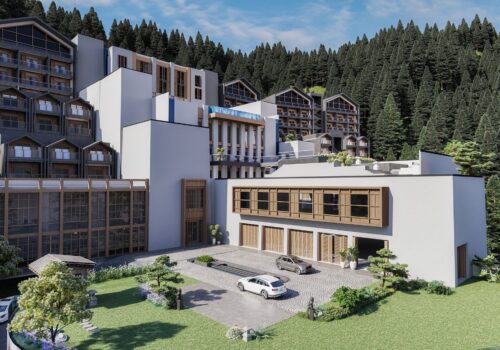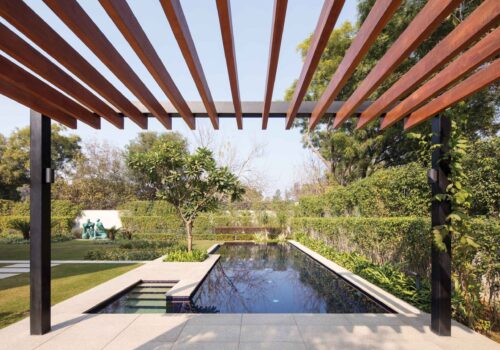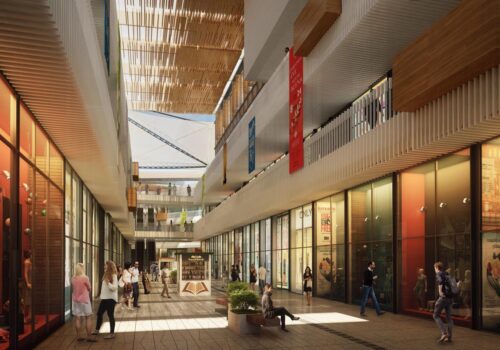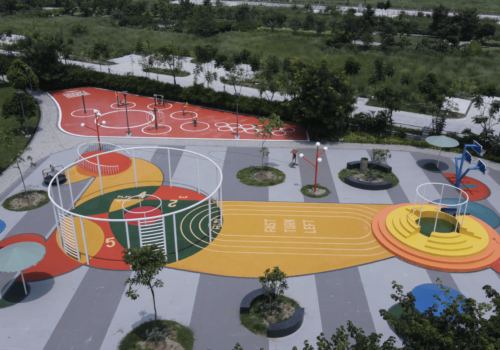How can Master Planning Accommodate Culture and Community?
Designing townships is more than just planning plots and assigning programs. It’s about crafting environments that resonate with people’s lives, cultures, and stories. Embracing the concept of accommodating cultural and societal nuances in master planning goes a long way. It’s an approach that goes beyond blueprints and bricks to shape streets that allow for strong social cohesion.
You might have heard the saying, “It’s more difficult to design a street than to design a stadium.” In fact, it is true. While a stadium is a defined structure, a street is like a living, breathing organism. It’s a space where communities gather, history is woven, and cultures shine. Master planning is about making environments that lend a sense of order and organisation while allowing for flexible spaces that can be personalised and that can evolve over time.
Flexible frameworks for inclusive design
The approach begins with a framework of systems. The roadmap to this multi-layered process must string through open-ended systems. Masterplans must provide flexible guidelines instead of prescriptive regulations that allow for individual interpretations– every community is unique, and what works for one might not work for another. Being open-ended, we ensure that each street, plot, and building can be customised as per its users while conforming to a basic system of order.
Street Equity—Allocating Resources as per Demographics
Our streets need to be designed to enable equitable access to resources. The master planning must ensure that streets and amenities are equally accessible to different user groups. Additionally, the public amenities must be planned and distributed in a manner where they are accessible to all residence types and user groups in a locality.
Picturing this, we curated Ustodhara, set alongside the Mahananda River amidst lush landscapes, the township serves as a bustling trade hub. The central idea of the masterplan was to allow equitable access to the riverfront, sustaining its societal and cultural significance.

Streets for All Ages
Recognising multiple age groups while designing streets is another crucial factor that is often overlooked. This isn’t just about putting up playgrounds for kids or benches for the elderly. It’s about creating a space where young and old alike can engage, learn, and celebrate.
One of our projects, the City of Dreams in Panipat, prioritises sports and health spaces, catering to all age groups. These include spaces like play areas for toddlers, exercise zones for youth, and social spaces for seniors strategically located for an active and healthy lifestyle. The integration of these spaces also creates a safe and active public sphere.
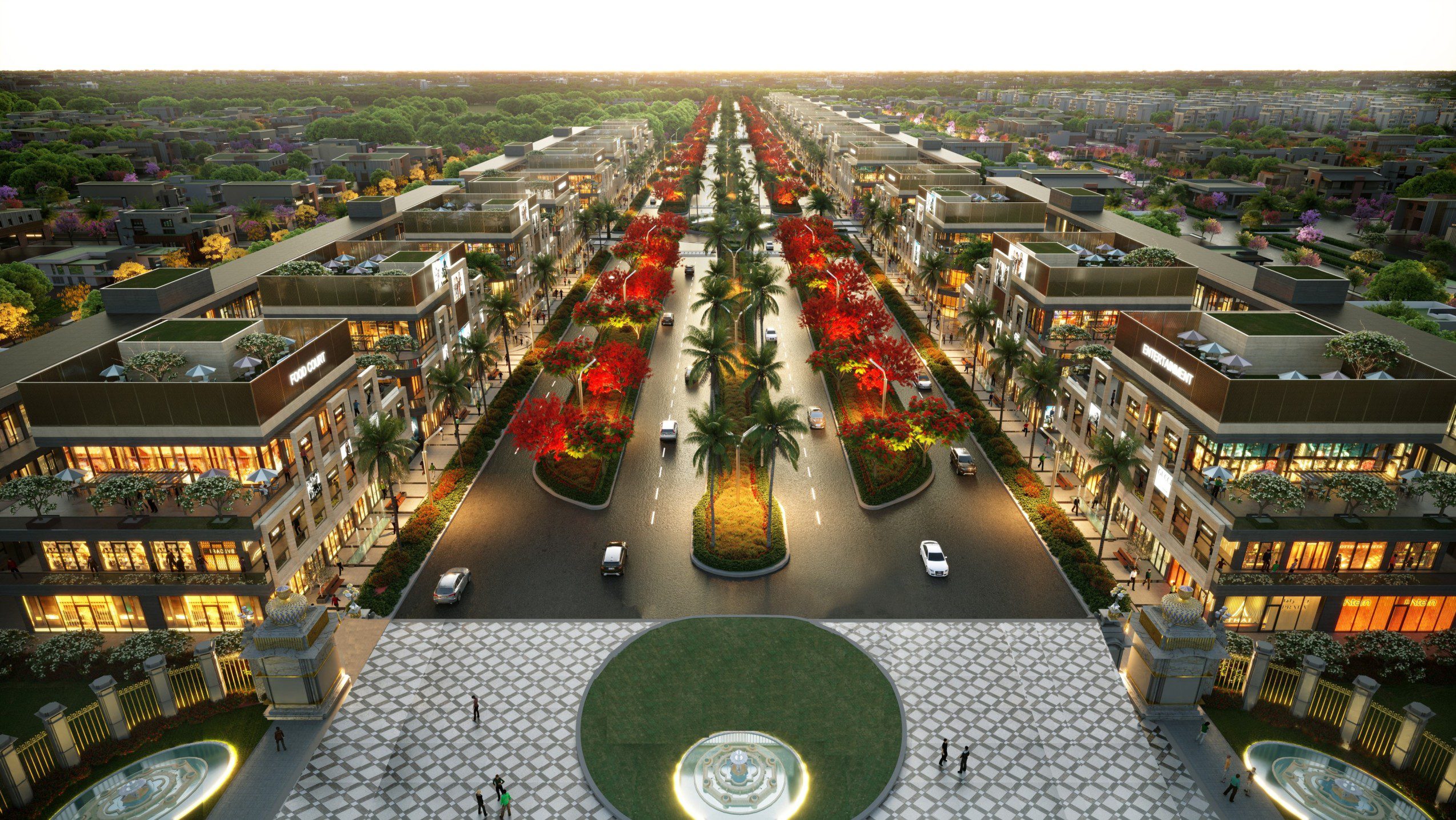
To ensure culturally rich designs, we must engage the community and attentively cater to their aspirations using the tools of master planning. Culturally suitable master planning is about creating environments that enrich lives and foster a sense of belonging. We must aim to craft experiences that connect people to their roots and to each other. Master Planning is capable of affecting the lives of people, creating value for them if it’s backed by research that focuses on human experience.

